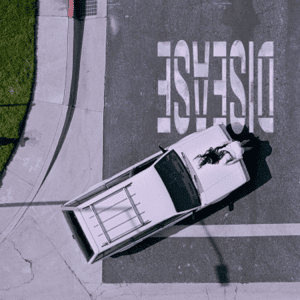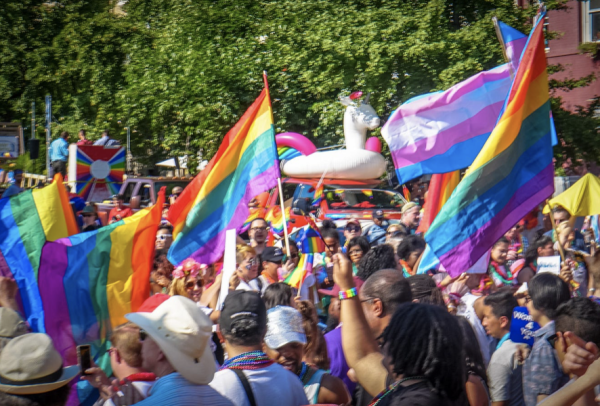Do gun sales reflect the timing of a crisis?
Usually after the most recent shooting, the normal reaction process is played out. After people send their thoughts and prayers, they have a tendency to run out and buy guns in fear of a forthcoming gun ban. A prime example is the the Sandy Hook massacre. Millions of guns were bought soon after the incident, according to the Washington Post.
A study published in the Journal Science estimated “that 3 million additional guns were sold in the 5 months after the Sandy Hook incident, beyond the number of sales that would have otherwise occurred.”
The major risk factor with the purchase of all of these guns is the increase of accidental firearm death. In the months after the Sandy Hook shooting, there was about a 60% increase in accidental gun deaths. A third of the deaths were children.
In the three months after the Pulse nightclub shooting in Orlando, gun stocks rose 20%.
Within the same month of the San Bernardino, California shooting, handgun shares jumped 62%.
To no surprise, Parkland was no different. The outcry for gun control had never been louder as the students of Marjory Stoneman Douglas High School led the masses towards gun reform. People were up in arms about changing gun laws and keeping children in the classroom safe. The president held a listening session at the White House with lawmakers, where the Stoneman Douglas students talked to officials directly. The most recent change made is the passing of The Bipartisan Background Checks Act of 2019, which focused on broadening background checks for the purchase of firearms. Even Dick’s Sporting Goods changed their guns policy by stopping the sale of assault style weapons in their store and also raised the gun-buying age to 21.
As days and months passed the outcry turned into a whisper and the strong march towards gun reform came to a slow crawl. A NPR/PBS NewsHour/Marist poll found that 71% of Americans supported stricter gun laws soon after Parkland. In the following year that number dropped 20%.
Every wave of seemingly hopeful change crashes quickly. Will there ever be a long lasting effect?






